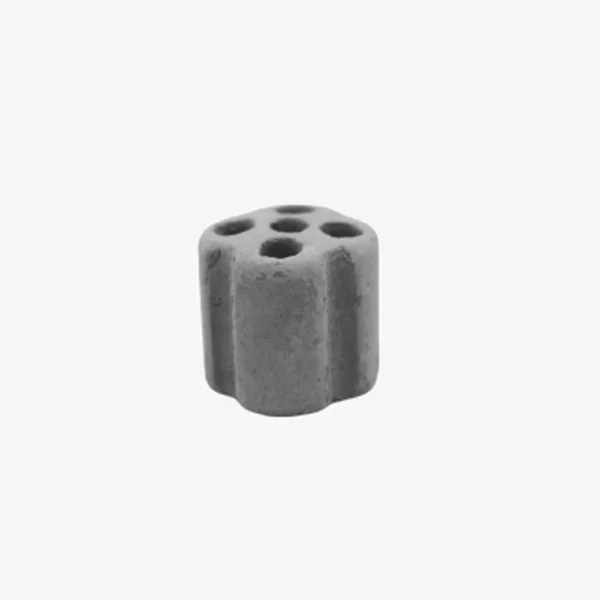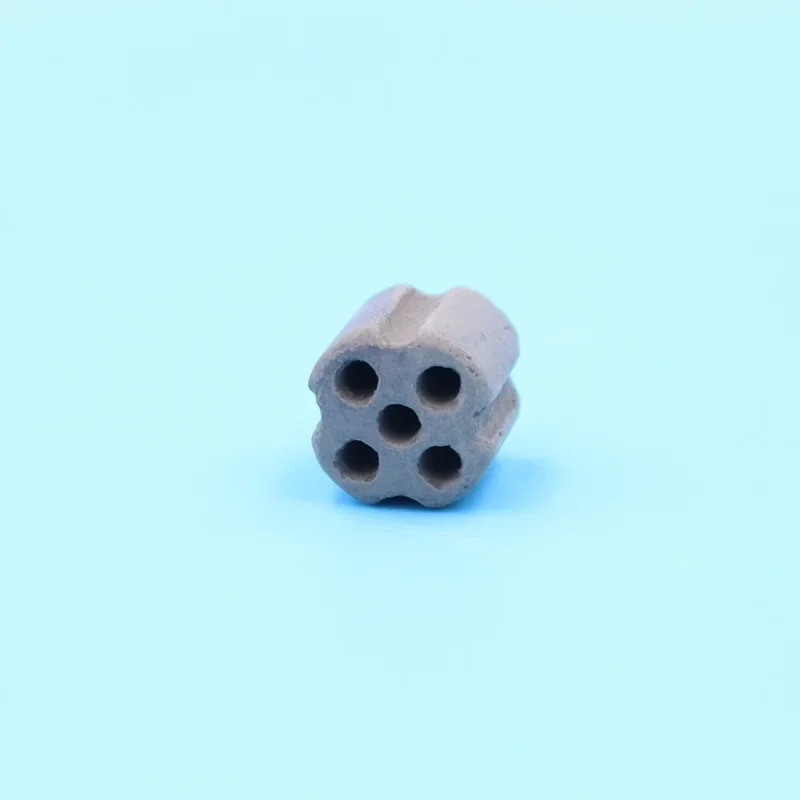In the realm of steam secondary reforming, catalyst lifespan plays a crucial role in ensuring prolonged performance and efficiency. This article delves into the strategies that can be employed to maximize the lifespan of steam secondary reforming catalysts. By implementing these strategies, manufacturers can optimize their catalyst usage, reduce costs, and enhance overall productivity.
Understanding the Importance of Catalyst Lifespan
A. The role of steam secondary reforming catalysts in ammonia production
Steam secondary reforming is a vital process in ammonia production, where catalysts facilitate the conversion of hydrocarbons and steam into hydrogen and carbon monoxide. These catalysts promote the desired chemical reactions, enabling efficient ammonia synthesis.
B. Significance of catalyst lifespan in maintaining process efficiency
The lifespan of steam secondary reforming catalysts directly impacts the process efficiency. As catalysts degrade over time, their activity decreases, leading to reduced conversion rates and lower ammonia production. Maximizing catalyst lifespan is crucial to maintain optimal process performance.
C. Impact of catalyst degradation on production costs and overall performance
Catalyst degradation not only affects process efficiency but also increases production costs. As catalyst activity declines, more feedstock is required to achieve the desired conversion rates, leading to higher energy consumption and increased expenses. Prolonging catalyst lifespan helps minimize these costs and ensures consistent performance.

Selecting the Right Catalyst for Longevity
A. Evaluating catalyst properties and characteristics
When selecting a catalyst for steam secondary reforming, it is essential to consider properties such as surface area, pore size distribution, and active metal content. These characteristics influence catalyst stability and longevity.
B. Importance of catalyst stability and resistance to deactivation
Catalyst stability is crucial to withstand the harsh operating conditions of steam secondary reforming. Catalysts with high resistance to deactivation, such as those with robust support materials and effective promoters, can maintain their activity for longer periods.
C. Considering catalyst regeneration and reusability
Choosing catalysts that can be regenerated and reused helps extend their lifespan. Regeneration techniques, such as controlled oxidation or reduction, can restore catalyst activity and postpone the need for replacement.
Implementing Proper Catalyst Handling and Maintenance
A. Importance of proper storage conditions to prevent catalyst degradation
Proper storage conditions, including controlled temperature and humidity, are essential to prevent catalyst degradation. Exposure to moisture, air, or extreme temperatures can lead to catalyst deactivation and reduced lifespan.
B. Effective catalyst loading techniques for optimal performance
Proper catalyst loading techniques, such as uniform distribution and avoiding excessive compaction, ensure optimal performance. Uneven loading or excessive pressure can cause hotspots and catalyst deactivation.
C. Regular catalyst inspections and maintenance procedures
Regular inspections and maintenance procedures help identify and address catalyst issues promptly. Cleaning, repairing, or replacing damaged catalyst particles can prevent further degradation and extend catalyst lifespan.

Optimizing Process Conditions for Prolonged Catalyst Performance
A. Balancing temperature and pressure for catalyst longevity
Maintaining the appropriate temperature and pressure range is crucial for catalyst longevity. Operating conditions outside the optimal range can accelerate catalyst degradation. Monitoring and controlling these parameters ensure prolonged catalyst performance.
B. Managing steam-to-carbon ratio to minimize catalyst deactivation
The steam-to-carbon ratio significantly affects catalyst deactivation. A balanced ratio prevents carbon deposition on the catalyst surface, which can lead to deactivation. Proper monitoring and adjustment of this ratio help maximize catalyst lifespan.
C. Controlling impurities and catalyst poisons to extend lifespan
Impurities and catalyst poisons, such as sulfur compounds or heavy metals, can accelerate catalyst deactivation. Implementing effective purification techniques and using catalysts with high resistance to these contaminants can extend catalyst lifespan.
Conclusion
Maximizing the lifespan of steam secondary reforming catalysts is essential for maintaining process efficiency and reducing production costs. By understanding the importance of catalyst lifespan, selecting the right catalyst, implementing proper handling and maintenance practices, and optimizing process conditions, manufacturers can achieve prolonged catalyst performance and enhance overall productivity. Embracing these strategies will not only lead to cost savings but also contribute to a sustainable and efficient ammonia production process.
Yixing Winner Technology Co., Ltd. is a professional manufacturer in producing catalysts and their ceramic carriers, ceramic glove formers, and other industrial ceramics.Welcome to inquiry if you need to know more about steam secondary reforming catalysts details or order wholesale.camilleyxwn@outlook.com
Related News:Introduction to the use of steam secondary reforming catalyst







